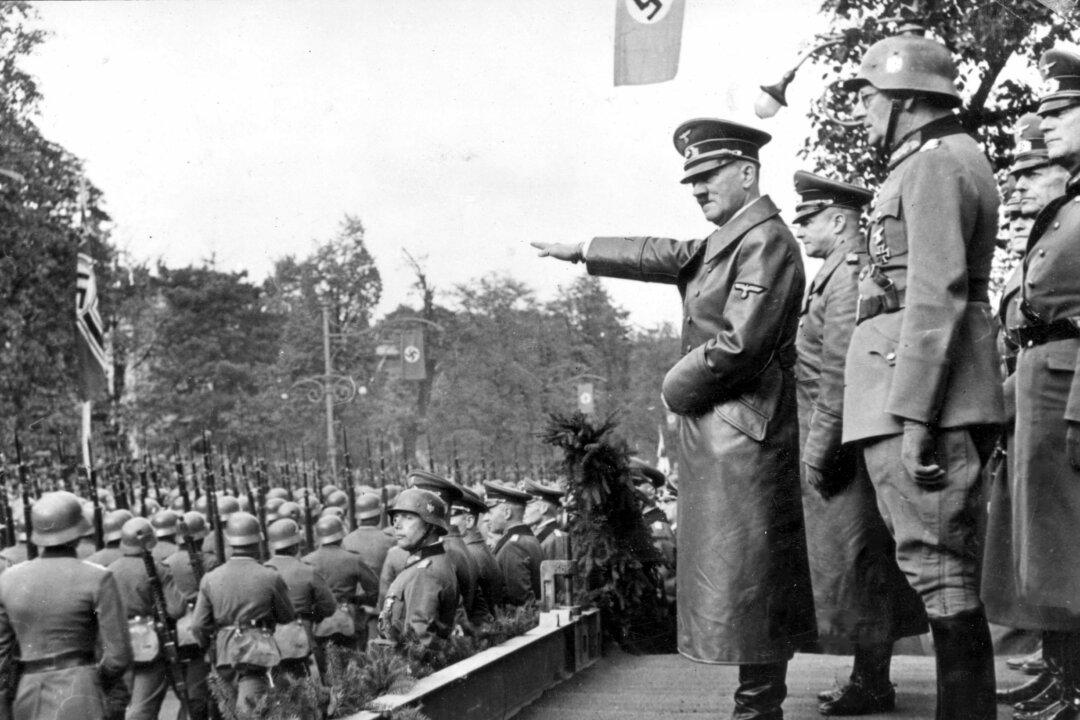April 11 will be just another day for most Canadians, but in fact it marks the 110th anniversary of an agreement that has contributed much to the peace, security, and prosperity of both Canada and the United States.
On that day in 1908, a treaty with the simple name of Treaty of 1908 was signed by two parties: the United Kingdom (on behalf of Canada) and the United States.





